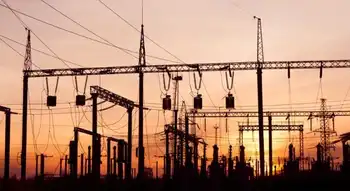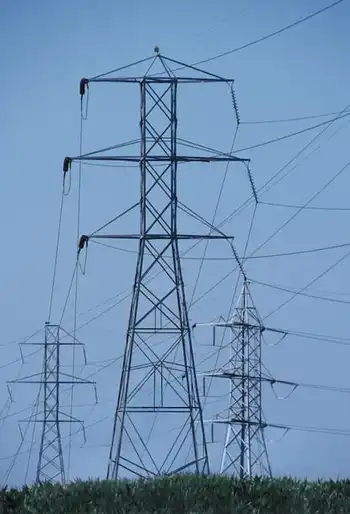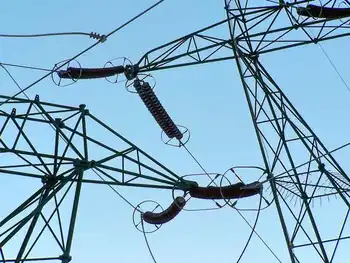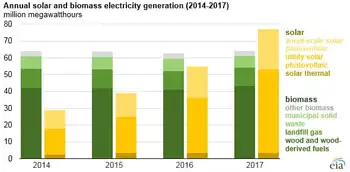University looks for TVA discount
By Knoxville News Sentinel
NFPA 70e Training
Our customized live online or in‑person group training can be delivered to your staff at your location.

- Live Online
- 6 hours Instructor-led
- Group Training Available
UT has had efforts in place since 2008 to scale back energy costs, but it has another impetus to do this now that TVA put new wholesale electricity rate changes into effect this month.
"We are trying to take advantage of those rates," said Terry Ledford, senior project manager of facilities services for UT. "If we can get people to not use electricity during peak-cost times, that is where we will save some money."
UT has been making progress with reducing its energy use, he said. The campus used an average of 17,719,600 kilowatt-hours during 2009 and 2010, and had reduced that by 0.8 percent to 17,581,001 by February. The goal is to reduce that another 10 percent during 2011 to an average of 15,947,640 kilowatt-hours.
Ledford said meeting this 10 percent goal would mean a savings of $1 million to $1.5 million for UT.
On April 1, UT Chancellor Jimmy G. Cheek issued a challenge to UT students, faculty and staff to scale back power use, especially during hours of peak demand.
"UT Knoxville is one of the largest electrical customers in the Tennessee Valley Authority's service area," he posted on the university's Tennessee Today website.
"TVA is changing the rate structure for its largest customers in an effort to reduce overall consumption during high energy use times. Going forward, our energy costs will vary based on times that TVA has identified as peak power use times."
It is more expensive for TVA to produce power during the hottest and coldest months of the year, so the federal utility is changing its rates so that wholesale customers will pay less for power they use during times of non-peak demand. TVA says its highest energy costs are during afternoons in the summer and the second-highest are during early mornings in the winter. The rates are meant to be structured so that customers will pay about the same amount over the course of the year, just more at certain times and less at others.
The Knoxville campus is facing peak power times during the 2-8 p.m. periods of June, July, August and September. Ledford said UT could face power costs almost 50 percent higher during those times, so it will be important for the university to adjust its electricity use.
Cheek is asking students in residence halls to avoid doing laundry during peak times and be sparing in their use of computers, televisions and game systems as well. Faculty and staff are asked to take advantage of natural light in their offices and workspaces and avoid printing large documents during peak times. He also wants UT to schedule activities during times of non-peak use.
Ledford acknowledged that sporting events and other public events will present a challenge, but said the university can make the best of it by having the most efficient lighting or other electric equipment in use at the time.











